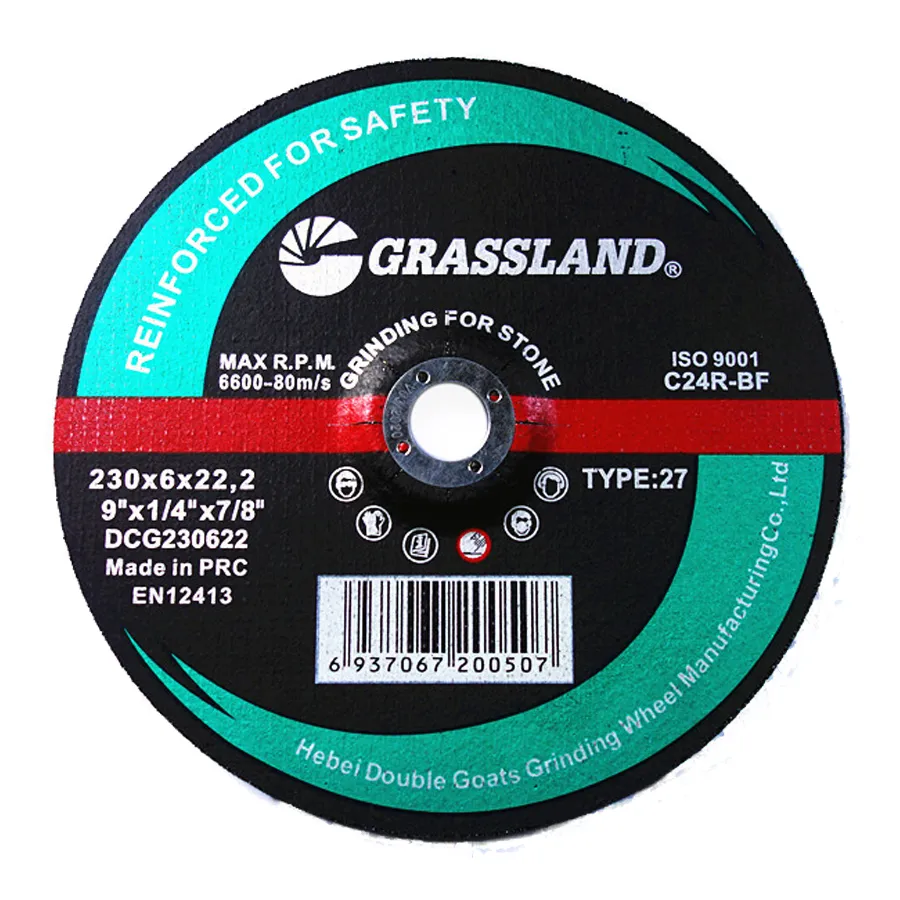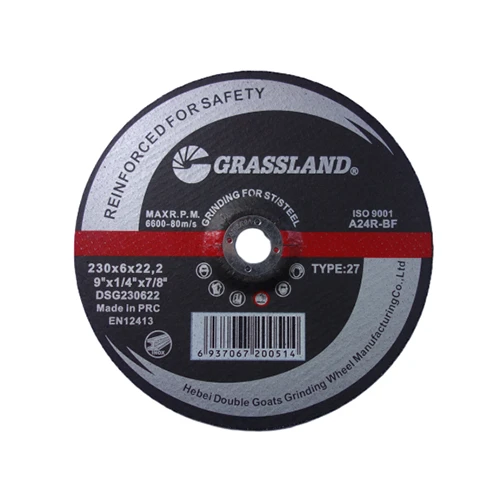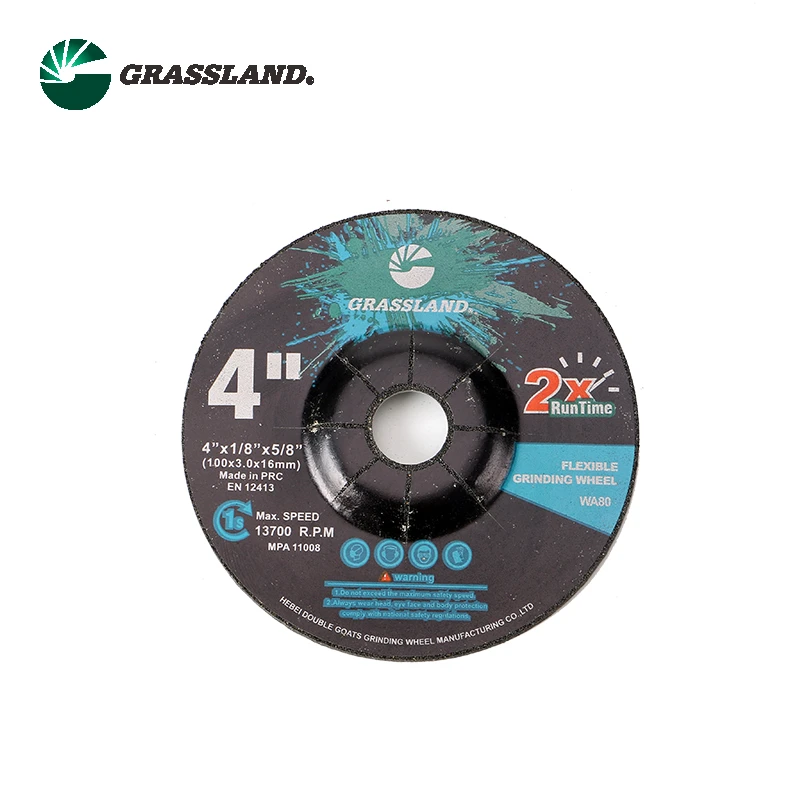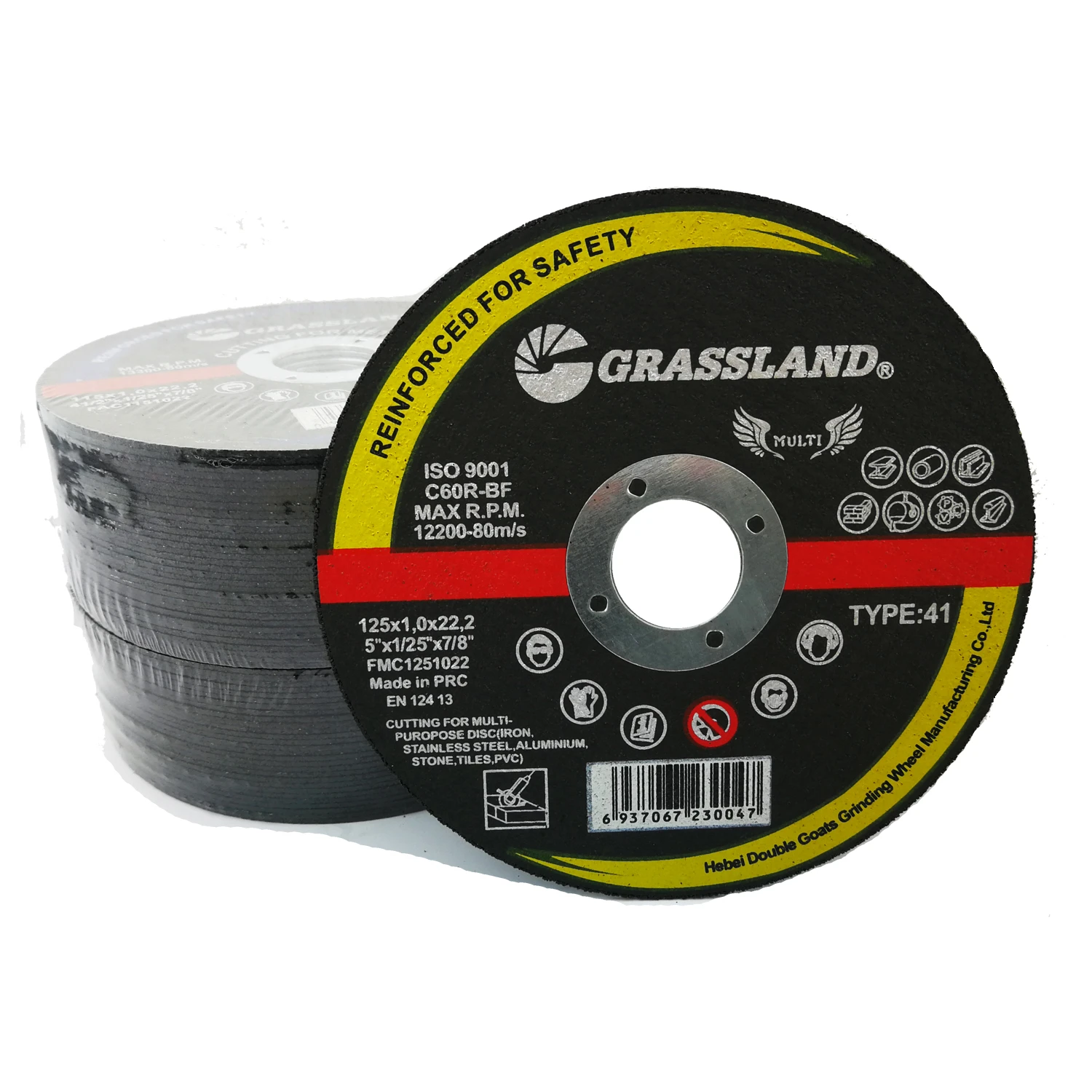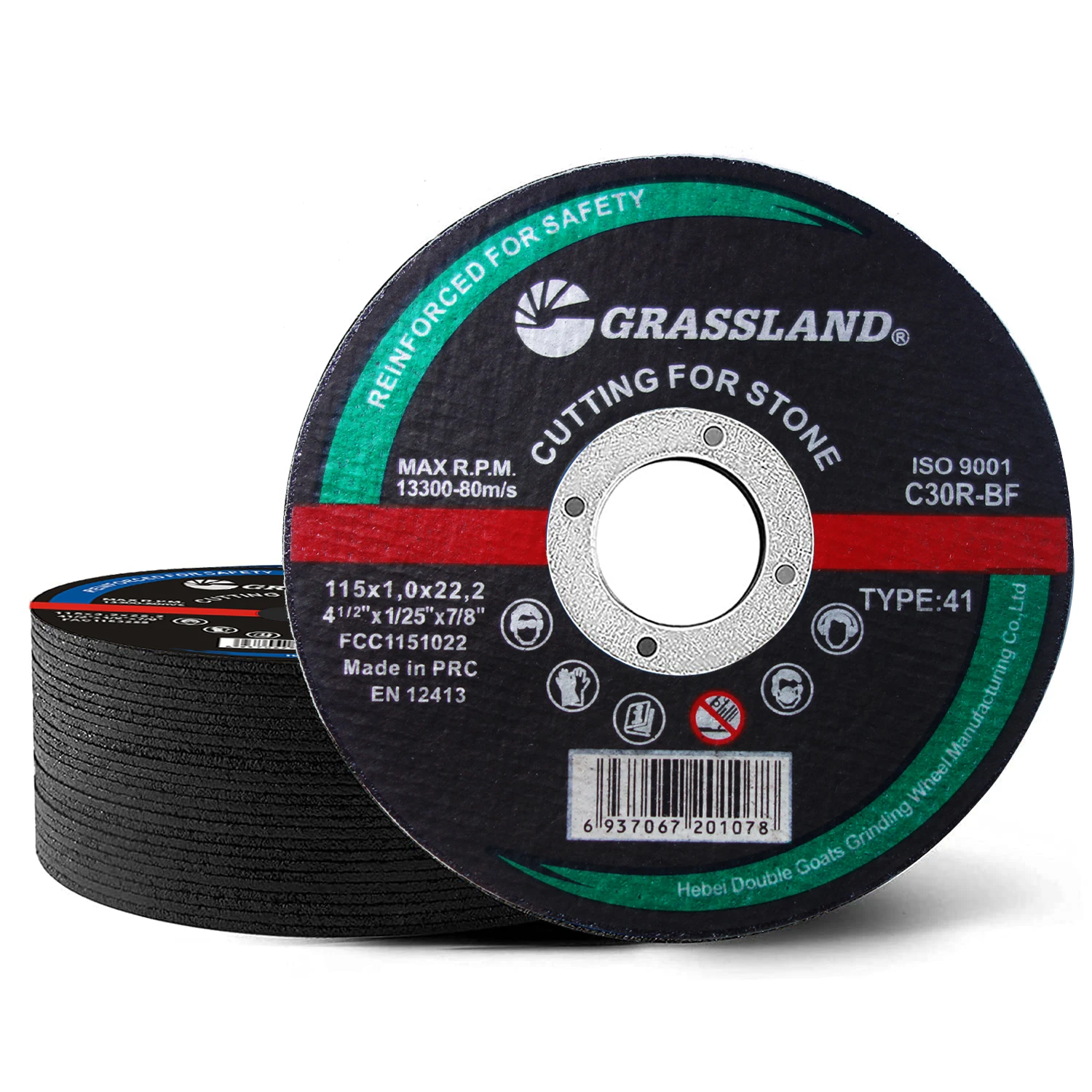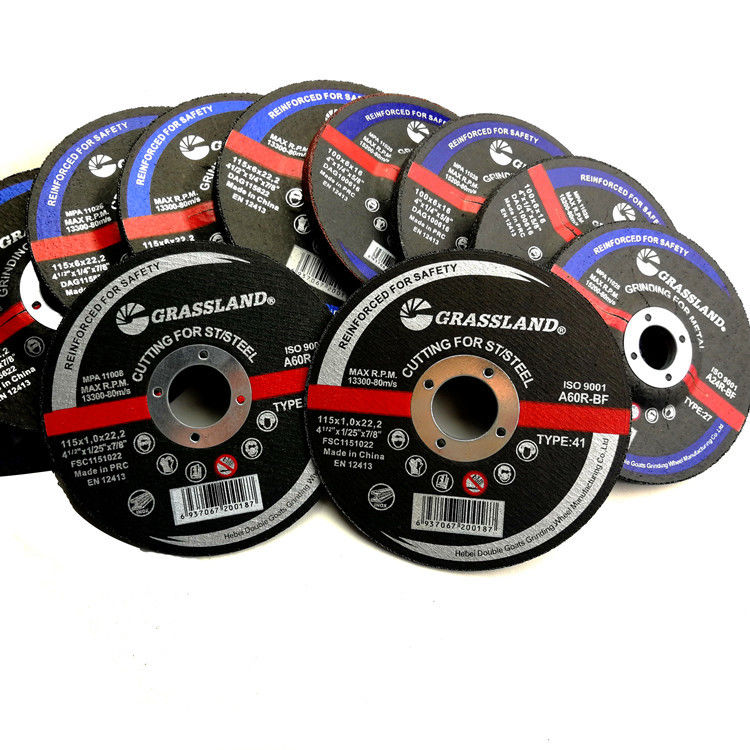Understanding Grinding Flap Discs for Metal A Comprehensive Guide
In the world of metalworking, having the right tools is essential for achieving the best results. Among these tools, grinding flap discs have become increasingly popular due to their versatility and efficiency in various applications. This article will explore the features, benefits, and best practices for using grinding flap discs for metal.
What is a Grinding Flap Disc?
A grinding flap disc is an abrasive tool composed of multiple overlapping segments or flaps of abrasive material, typically made of aluminum oxide or zirconia. These flaps are attached to a backing plate, which can be used with a standard angle grinder. The design of flap discs allows for both grinding and finishing operations, making them an ideal choice for metalworking projects.
Advantages of Using Grinding Flap Discs
1. Versatility One of the primary benefits of flap discs is their versatility. They can be used for various tasks, including grinding, blending, and finishing on a wide range of metals, including steel, stainless steel, and aluminum. This adaptability makes them a go-to choice for metal fabricators and welders.
2. Efficient Material Removal Flap discs are designed to remove material quickly and efficiently. The overlapping flaps allow for a larger surface area when in contact with the workpiece, leading to faster grinding and less effort when compared to traditional grinding wheels.
3. Reduced Heat Generation When working with metal, excessive heat can lead to warping or damage to the workpiece. Flap discs tend to produce less heat during operation due to their design, which helps in maintaining the integrity of the metal surface.
4. Extended Tool Life The construction of flap discs allows for gradual wear over time. Unlike grinding wheels that can become clogged and lose effectiveness, flap discs maintain their cutting performance longer, ultimately leading to fewer replacements and lower costs.
5. Finishing Capability Flap discs not only serve for grinding but also offer a finishing capability, providing a smooth and polished surface after the grinding process. This feature is particularly beneficial in applications where aesthetics are important, such as decorative metalworks.
grinding flap disc for metal

Choosing the Right Grinding Flap Disc
When selecting a flap disc for metalwork, several factors must be considered to ensure optimal performance
- Abrasive Material Depending on the type of metal and the desired finish, choose flap discs made from the appropriate abrasive material, such as aluminum oxide for ferrous metals or zirconia for stainless steel.
- Grit Size The grit size determines how aggressive the disc will be. Lower grit numbers (e.g., 40-60) are suitable for heavy material removal, while higher grit sizes (e.g., 80-120) are ideal for finishing and blending.
- Disc Configuration Flap discs come in various configurations, including flat and conical shapes. Flat discs are excellent for flat surfaces, while conical discs can reach into tighter spaces and corners.
Best Practices for Using Grinding Flap Discs
1. Safety First Always wear appropriate personal protective equipment (PPE) such as goggles, gloves, and a dust mask when working with abrasive tools.
2. Proper Speed Settings Ensure that your angle grinder is set to the correct RPM for the flap disc in use. Operating at the recommended speed can enhance performance and prolong tool life.
3. Technique Employ a consistent and controlled motion while using flap discs to achieve an even finish and prevent uneven wear.
In conclusion, grinding flap discs for metal are invaluable tools in any metalworking environment, offering a unique combination of efficiency, versatility, and finishing capability. By understanding their features and following best practices, metalworkers can significantly enhance their productivity and the quality of their projects.
Post time:Dec - 11 - 2024







